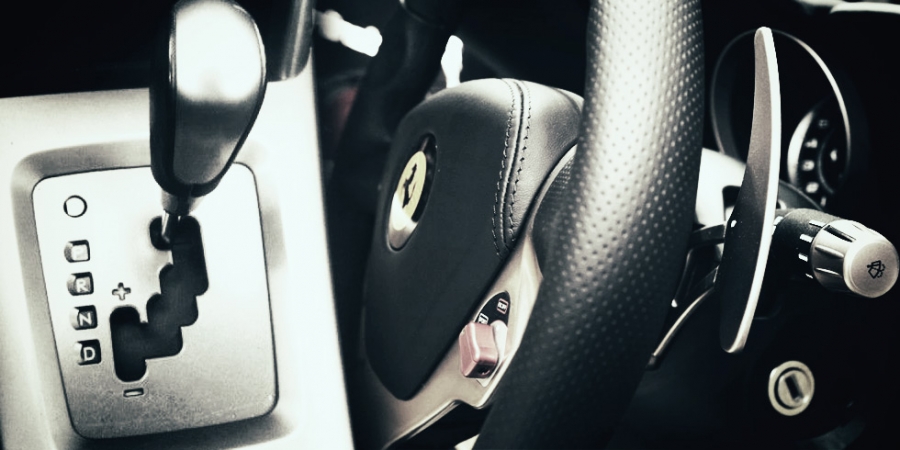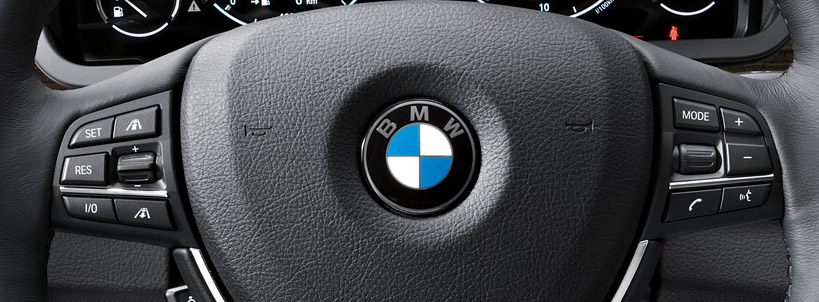
Formula One, a fast and furious sport where man and machine compete in glamorous locations around the world in front of an annual global audience of over 500 million. First kicking off back in 1946, Formula One immediately gained recognition as one of the world's most dangerous racing sports.Ever since, the only thing that has gone faster than the drivers themselves is the speed of F1 innovation and technology, trickling down to the automotive industry and many others. Formula 1 repeatedly leads the automotive industry in innovation by providing technology that makes cars faster, more efficient, and more capable. Given that the 2017 F1 season has just begun, let’s take a look at the most popular F1 tech developments and how they have been adopted by the automotive industry to this day.
What’s Under the Hood?
With such acclaimed popularity surrounding the sport, F1 has continuously invested billions into the development and innovation of its technology. However, in addition to powering F1 racecars, much of the technology that has been developed can be found in our everyday commercial vehicles:
1. Hybrid Engines
One of the most essential technologies used in Formula One is the Energy Recovery System (ERS). First introduced in 2009 as Kinetic Energy Recovery System, this technology captures waste energy and transforms it into electrical energy, producing an extra 80bhp for the driver. Thanks to F1, ERS has already made its way into the latest generation of super-cars, including the Ferrari LaFerrari, McLaren P1, and Porsche 918.

2. Safety Systems
Anti-Lock Braking, traction control and electronic stability control - all first developed and tested in Formula 1 – can be found in almost all road cars today. ABS prevents the brakes from locking up when coming to a sudden stop, traction control manages the engine’s power output to the wheels to make sure the tires retain grip on the road, and electronic stability control helps the vehicle regain balance in the event of a slide. All three of these safety systems were banned from Formula One in order to focus on driver skill instead of technology.
3. Push Button Ignition
In Formula One, every second counts, which is why F1 engineers developed the electronic push button start ignition. At first, such technology was only found in higher-end luxury vehicles, but today, this feature is found in many production cars across the board, and is most commonly associated with keyless entry.
4. Transmission
In 1989, Ferrari’s British designer John Barnard pioneered the electronic gearshift transmission – known in F1 today as the Sequential Manual Transmission. Paired to the SMT were the first ever paddle-shift levers, placed behind the F1 steering wheel. Since then, automakers have developed their own unique semi-automatic transmissions while also making paddle shifters widely available. Most automatic vehicles today come standard with some variation of the semi-automatic gearbox.

5. Multi-Function Steering Wheel
After the introduction of paddle-shift levers, F1 concentrated on providing all vehicle controls as close to the driver's fingers as possible, which resulted in function dials and buttons being placed on the steering wheel, and thus, the multi-functional steering wheel was born. Most cars today come with basic controls on the steering wheel for the radio, infotainment system and even the A/C. Another adoption was the F1 steering wheel instrumentation. Those ultra-bright 'change up' gear lights can be found in many of today’s supercars.

6. Brakes
The first F1 brake innovation was the transition from drum brakes to disc brakes. Effective deceleration is critical in F1; disc brakes provide better stopping power and are easier to keep cool. F1 cars today use ventilated ceramic discs for both weight reduction and heat dissipation. Today, most cars use disc brakes with almost all higher-end sports cars coming standard with ventilated discs and optional ceramic discs.
7. Suspension
You might not give much thought for your car's suspension, but it’s one area where F1 technology has translated almost directly to production cars. In Formula One, maintaining stability at high speed is crucial, which is why F1 developed the multi-link suspension. Multi-link suspension employs independent suspensions for each wheel; this provides stability and road comfort, which is why automakers have adopted such technology in their cars today.
8. Carbon Fiber
One of the reasons F1 cars are able to post such blistering track times is because of weight reduction technology. Thirty years after McLaren unveiled their first carbon fiber F1 car, automakers were quick to start using the material. Carbon fiber radically increases fuel economy and speed, which is why most supercar automakers have been employing carbon fiber monocoque chassis’. The only problem with carbon fiber is that it's extremely expensive, which is why it is rarely used on most road cars.

9. ECU
The Electronic Control Unit (ECU) was part of F1 long before going mainstream. Today, the first thing your service center does when you go in for a service is plug the diagnostic computer into the car's ECU. The ECU is like the brain of the car, controlling air-fuel mixture, ignition timing, and engine performance. Before ECUs, everything was mechanically set and dynamically controlled by mechanical means, but with F1’s complicated vehicle performance requirements, ECUs were developed and have now become the norm in everyday cars.
Conclusion
The integral features of Formula One such as speed, safety, data communications, and fuel efficiency are more relevant to road cars today than ever before. F1 is continuously innovating and developing tech and will continue to pass on their DNA to the cars we drive today and in the future. Paddle shift gear-changing, braking systems, hybrid engines, lightweight carbon fiber materials have all helped "improve the breed" of today’s commercial vehicles.
F1 innovations, however, have not been limited to the automotive industry. For example, the Mercedes team shares their insight on aerodynamics and computational fluid dynamics with the US space agency NASA as well as aerospace company, BAE systems. The Lotus team has a similar relationship with aircraft manufacturer Boeing. Also, McLaren's expertise in data analysis, simulation and sensor technology has been shared with oil and gas firms, air traffic control and even the healthcare industry.
Latest Business
Intelligence Report













